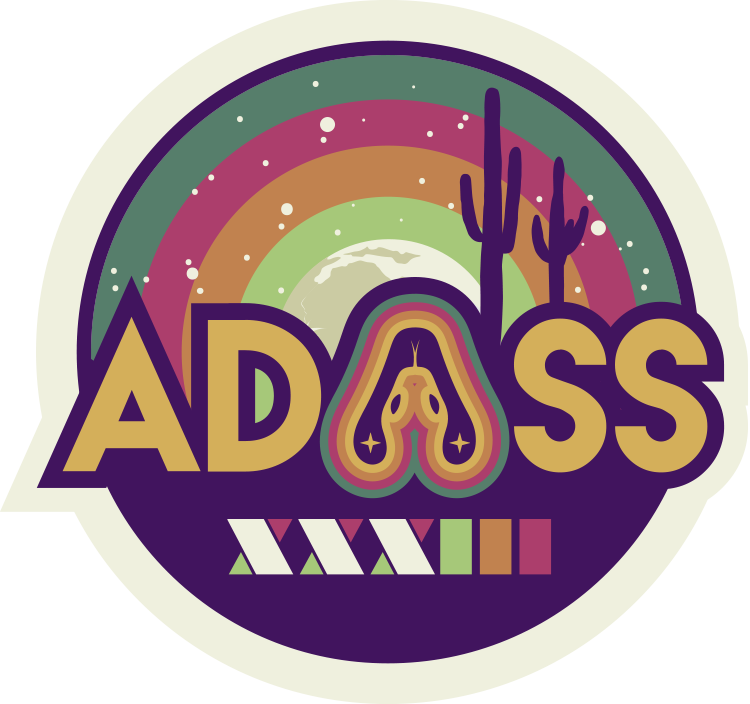Wednesday plenary 2: Contributed talk
When
Where
Theme: Software, tools and standards for Solar System, heliophysics, and planetary research
Spacecraft missions of the future, such as HelioSwarm, will consist of collections of many small spacecraft taking simultaneous in-situ measurements. An open question in the field is how to best combine these single point measurements to gain a global understanding of dynamic phenomena. We investigate how to best leverage these types of multi-point data sets to extract meaningful scientific insights, focusing on two particular kinds of analysis techniques.
For the first, we have developed a new method of reconstructing a vector field over a large volume of space using a sparse set of local measurements. This is accomplished via distance weighted averaging in a 1D + 2D framework, where we separately weigh components along the spacecraft direction of travel and the perpendicular plane.
The second method focuses on characterizing the wave-like structures that are often seen in astronomical data. As the direction and velocity of a wave changes, a given configuration of spacecraft will detect a wave with varying levels of accuracy. We have developed a method of quantifying the level of accuracy and precision that a configuration of 4-9 spacecraft will achieve in the detection of an arbitrary wave. The resulting uncertainty quantification allows us to select optimal configurations of spacecraft for characterizing waves in space plasmas.



